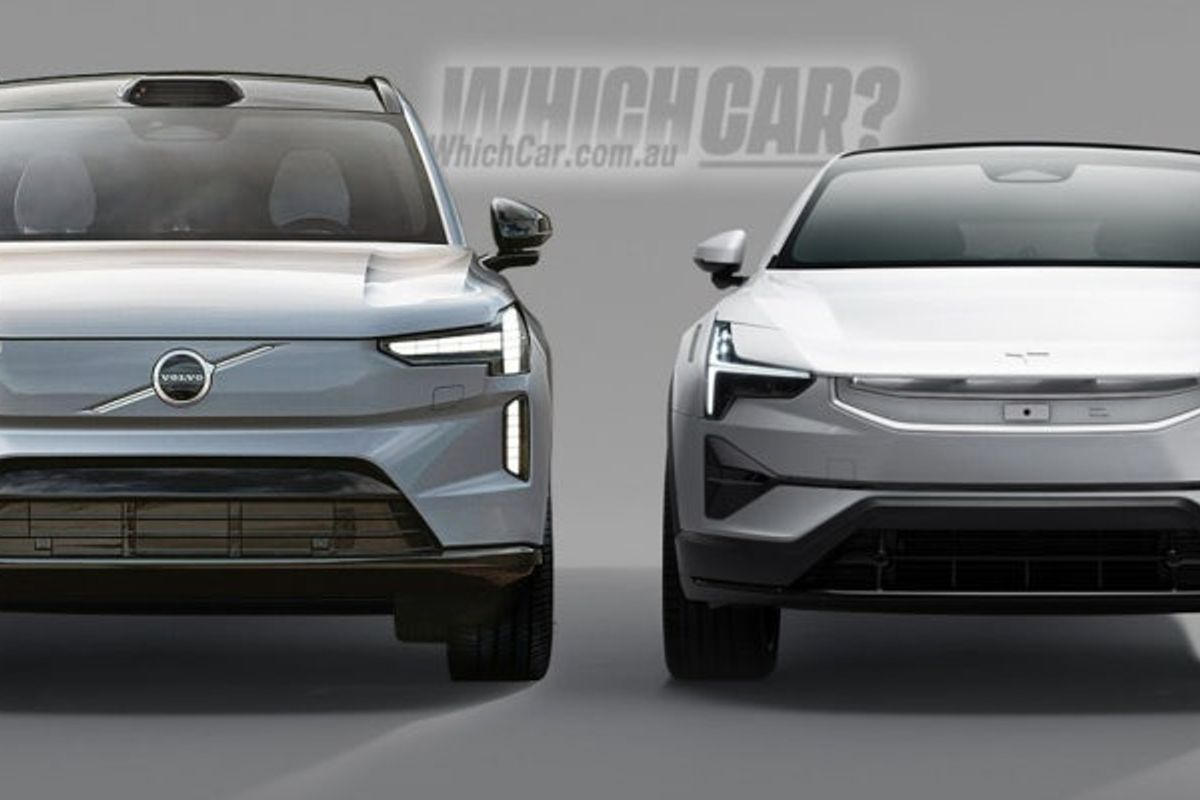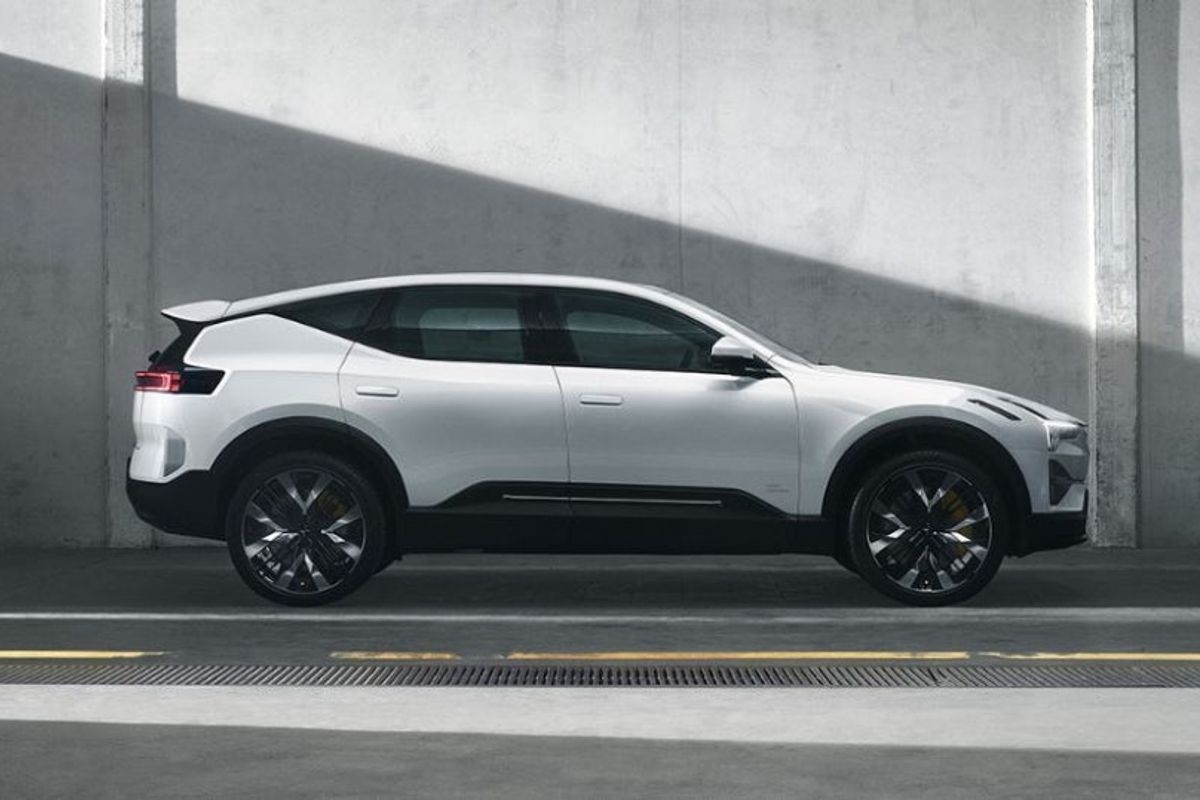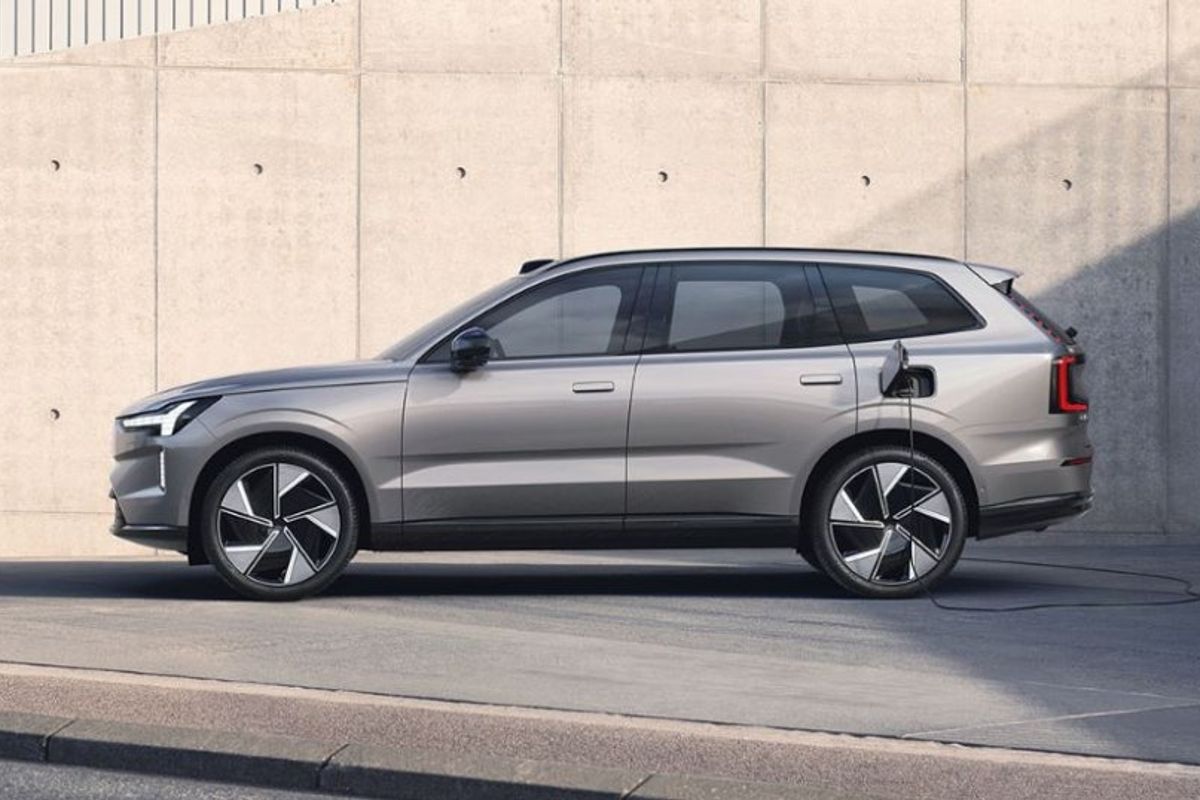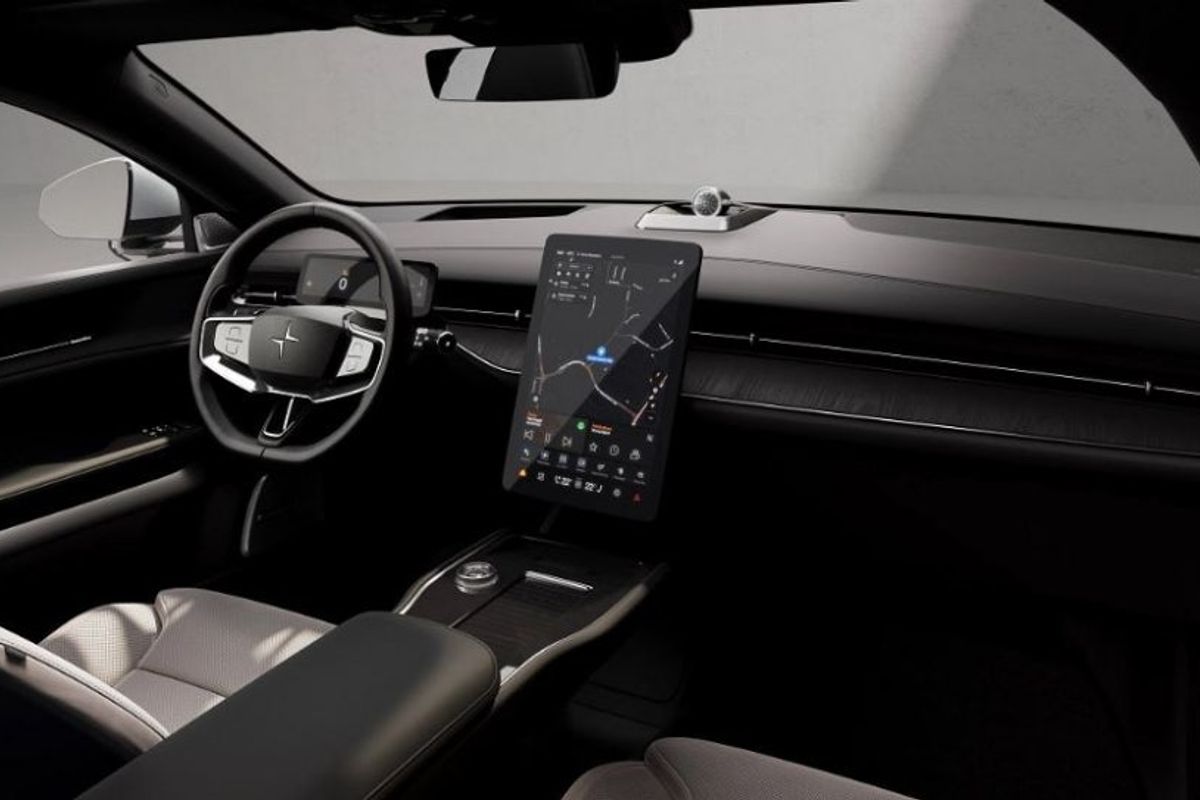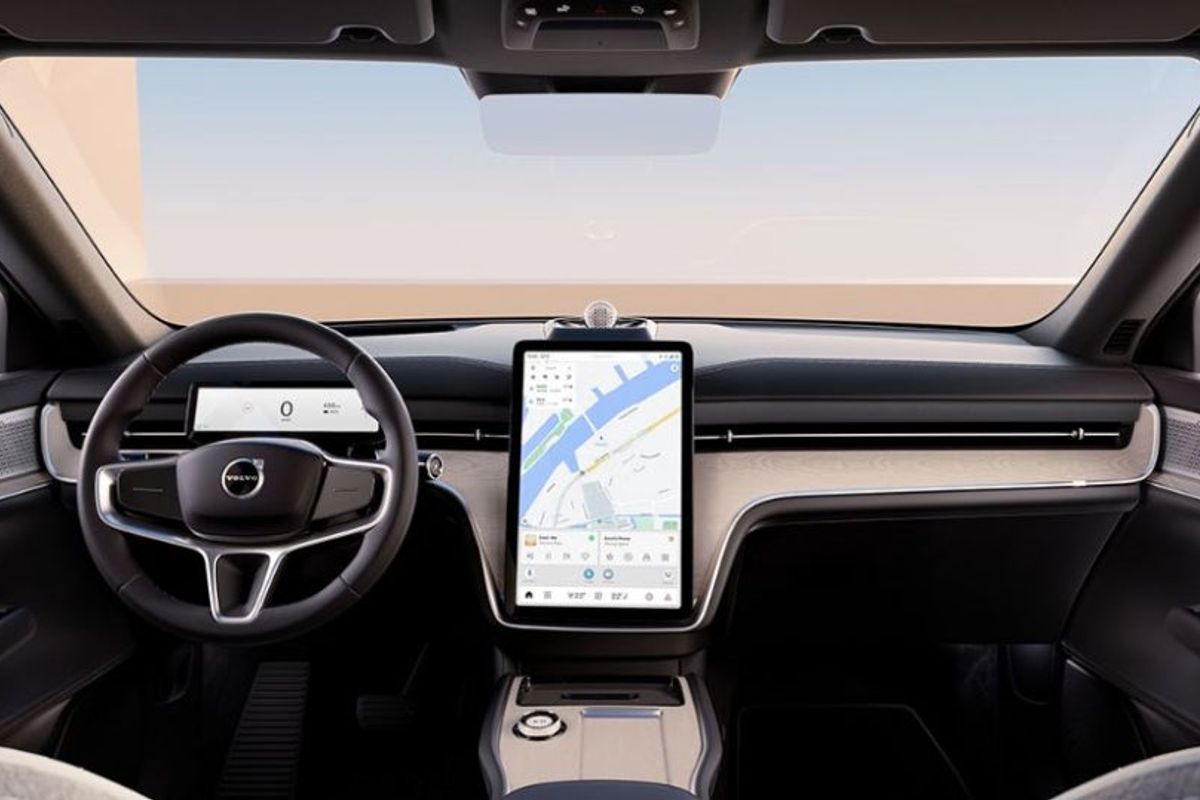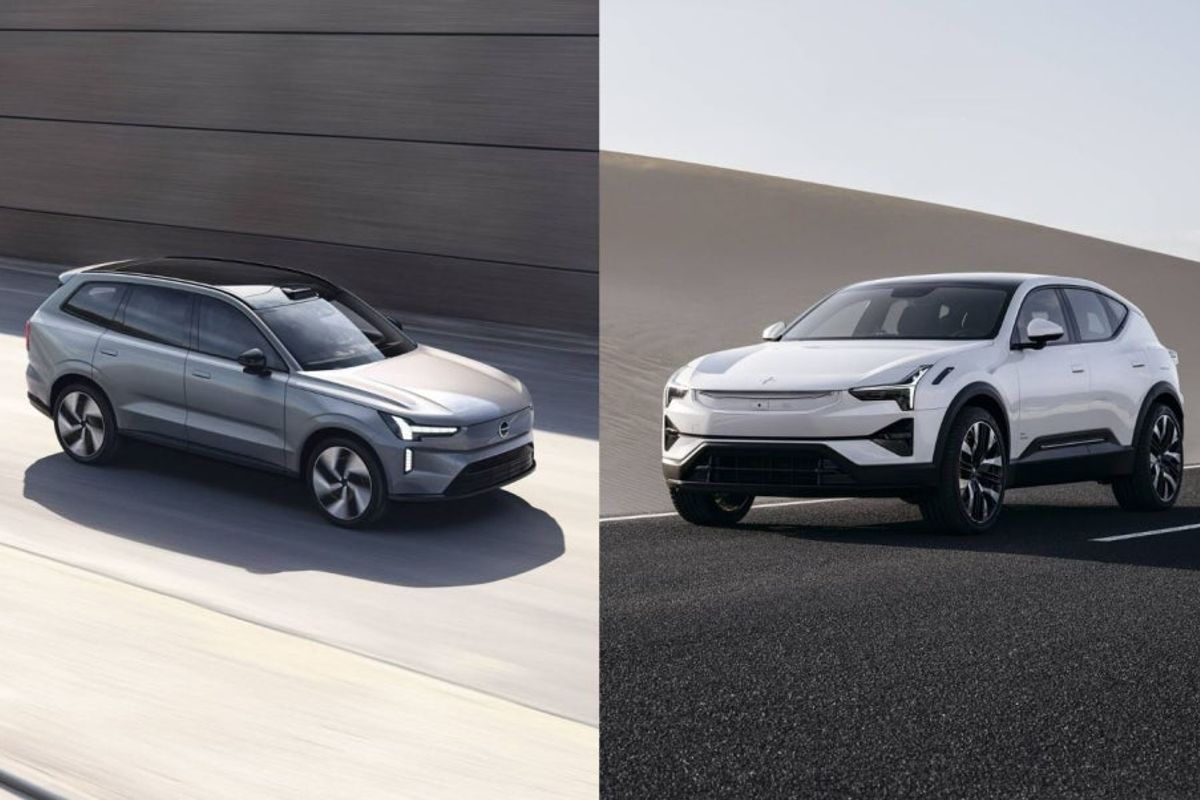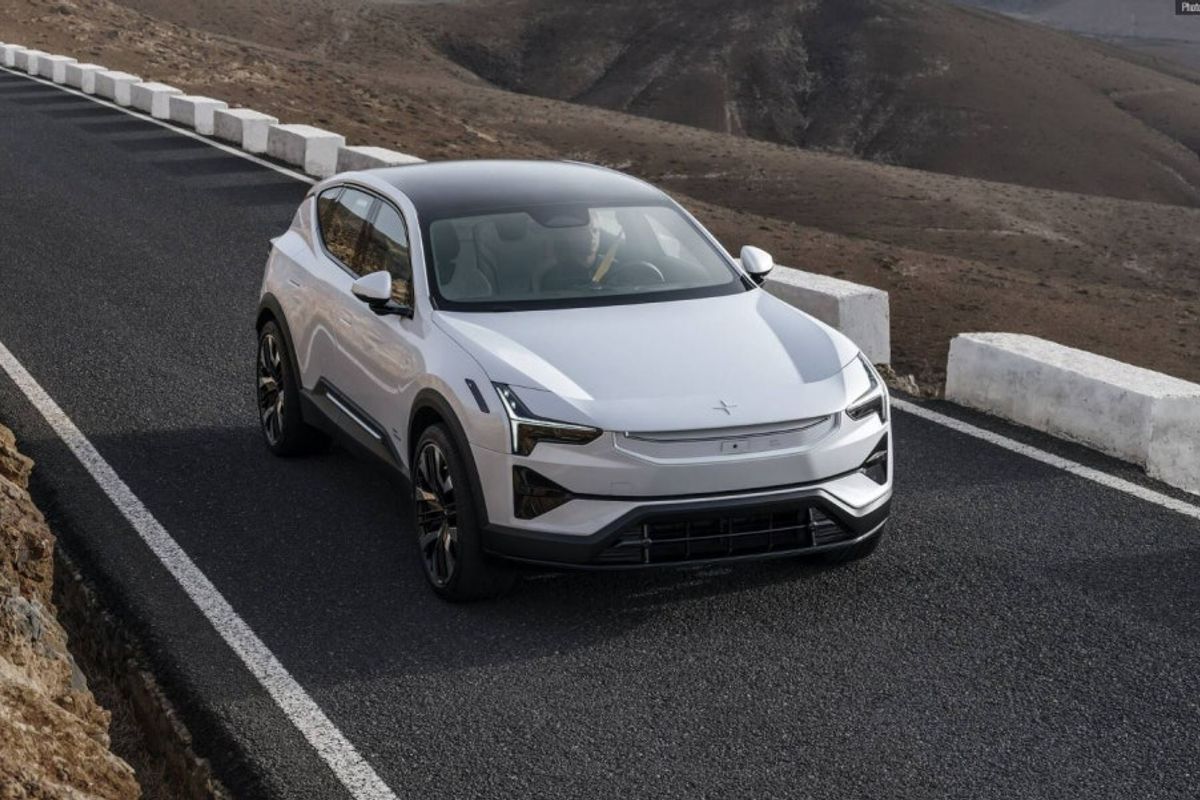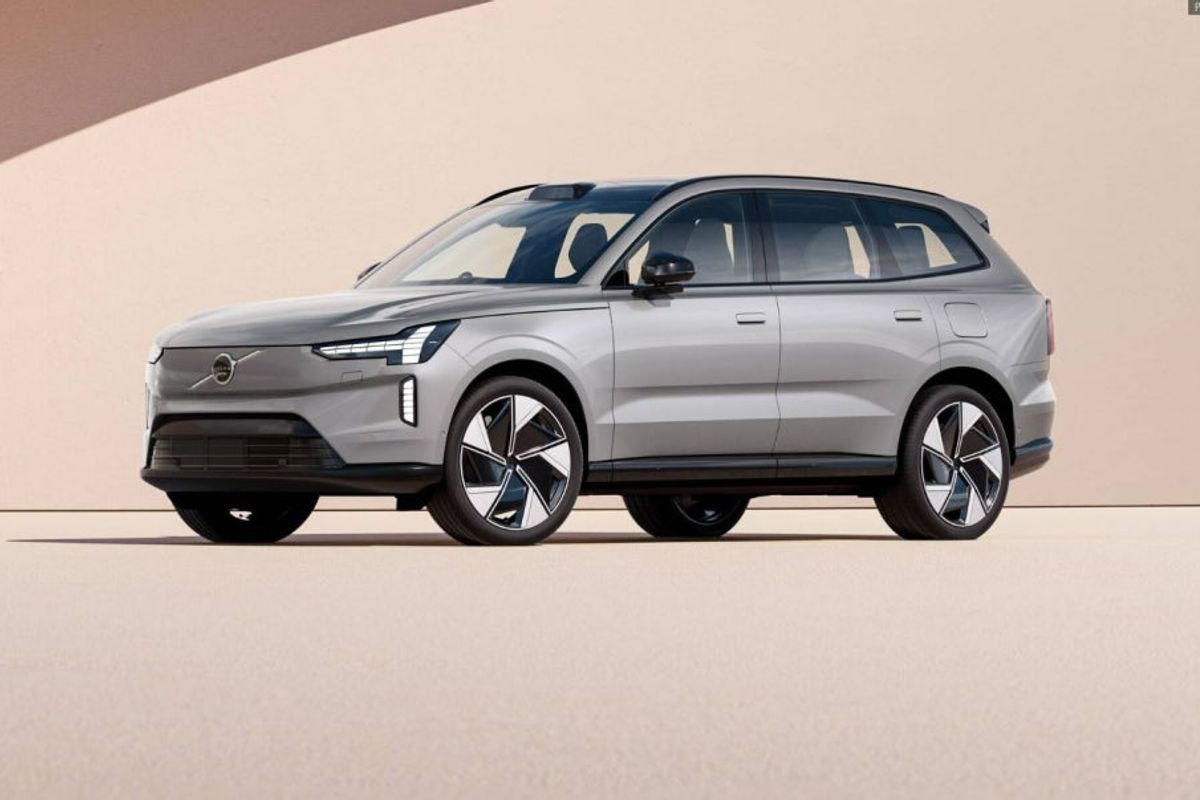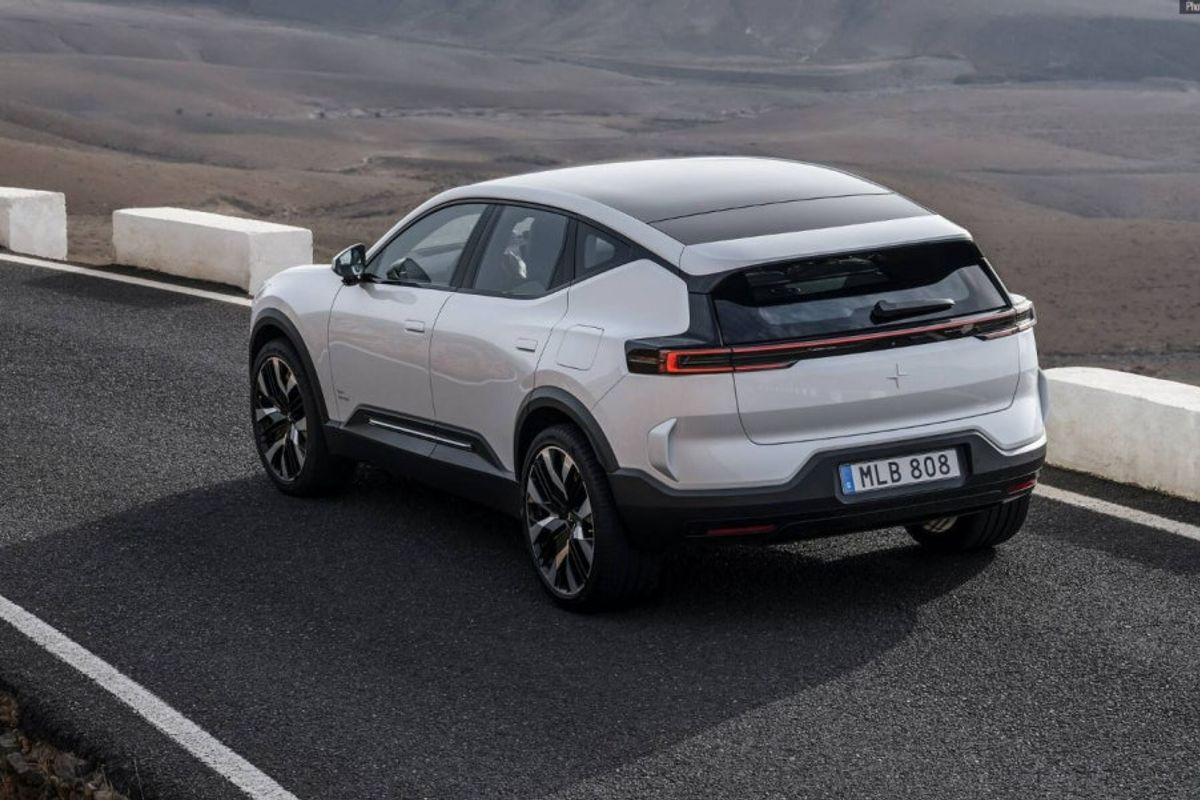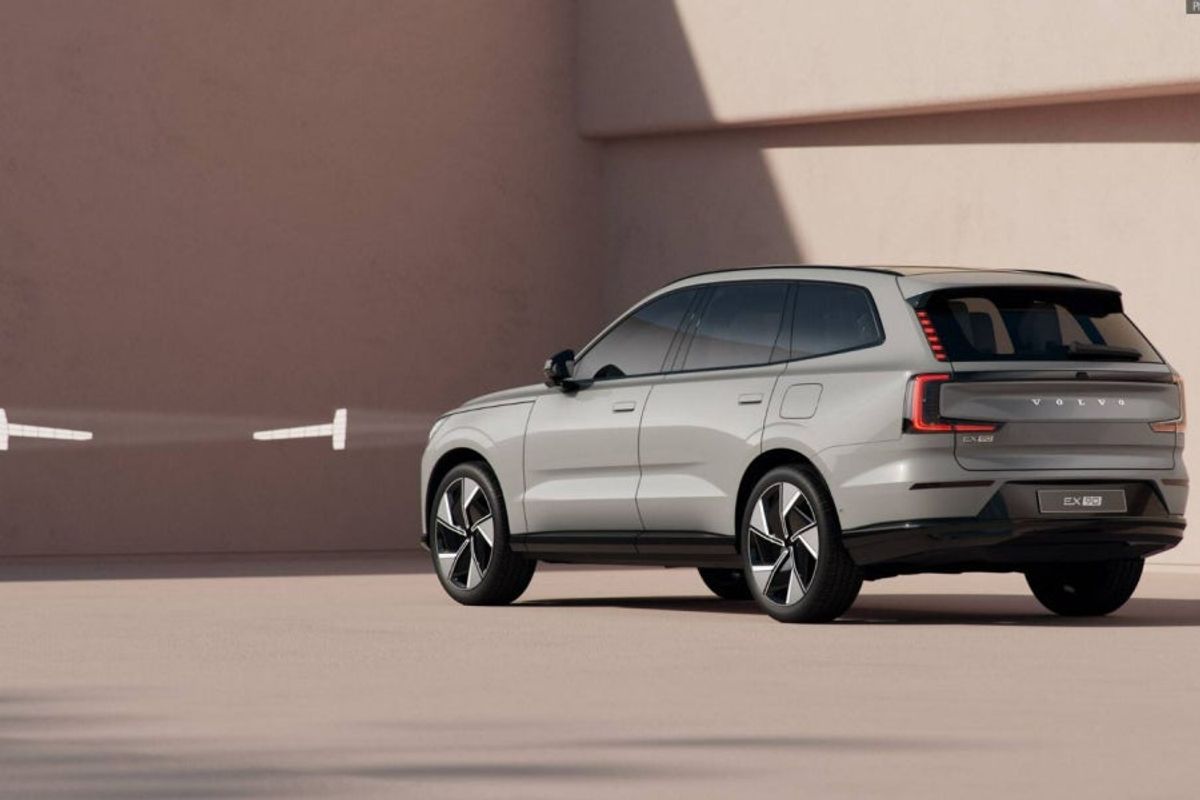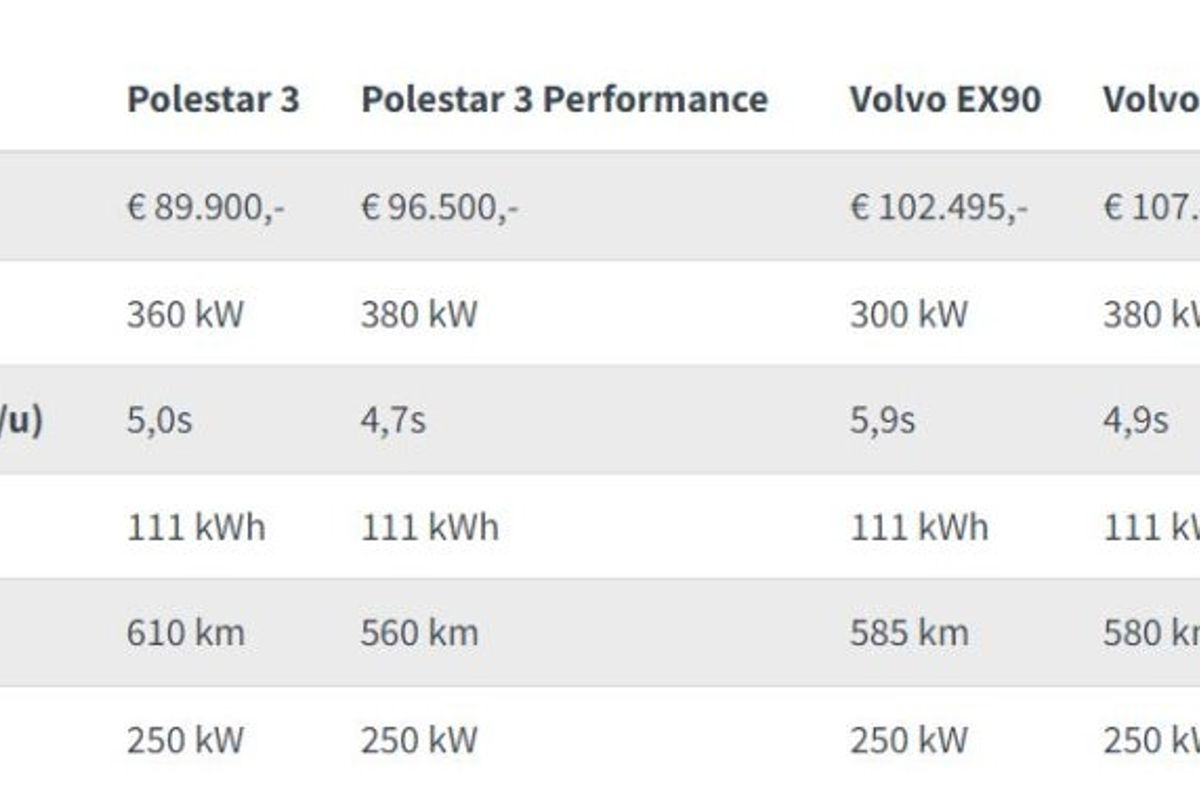Polestar has reportedly postponed the launch of the Polestar 3 in the domestic market from the third quarter of this year to the first quarter of next year. The Polestar 3 is a crucial electric SUV model for Polestar, showcasing the brand's technological prowess with powerful performance, premium convenience features, and advanced driving assistance systems in their flagship electric SUV.
While Polestar introduced its brand globally with the Polestar 1, it launched in the domestic market starting with the Polestar 2. To expand in the domestic market, the company needed to strengthen its premium brand image, making the launch of the flagship model, Polestar 3, crucial at this time.
Polestar had been working on domestic certification and developing Korea-specific infotainment systems like T-map. The company had been taking pre-orders in other countries since last October and planned to launch and accept pre-orders in Korea in the third quarter of this year. However, the launch itself has been delayed due to anticipated waiting periods.
It seems that production delays for the Polestar 3 have also affected the domestic market. Polestar reportedly needs more time for final software development and testing, resulting in the postponement of the production schedule to the first quarter of next year. The company states that they will do their best to develop a better quality vehicle and prepare premium services during the remaining time.
The Polestar 3 is a large electric SUV that maintains the unique characteristics of an SUV. It features an integrated front aero wing on the hood, aero wings integrated into the rear spoiler, and rear aero blades. These elements are designed to optimize precise and effective aerodynamics.
The dual-motor powertrain is said to produce a maximum output of 489 horsepower (360 kW) with a maximum torque of 840 Nm. With the Performance Pack applied, the maximum output increases to 517 horsepower (380 kW) with a maximum torque of 910 Nm. The battery pack is a 111 kWh lithium-ion battery, aiming for a maximum driving range of 610 km (379 miles) on a single charge according to the WLTP standard.
The vehicle is equipped with NVIDIA Drive's centralized computing system, featuring five radar modules, five cameras, and 12 ultrasonic sensors to support various advanced driver assistance systems (ADAS).
Meanwhile, in the domestic large electric SUV market, the Mercedes-Benz EQS SUV has already been launched, and Kia's EV9 was recently released. Volvo's EX90 is expected to join the competition at the end of the year, creating a three-way battle in the three-row large electric SUV segment. The Polestar 3's launch, which was anticipated, has been postponed to the first quarter of next year. Volvo's EX90, expected to launch in the second half of the year, is a seven-seater electric SUV with a large 111 kWh battery pack. However, there are reports from foreign media about potential delays in the EX90's launch as well.
The maximum output is expected to be 517 horsepower with a maximum torque of 910 Nm. This performance is similar to the Polestar 3 with the Performance Pack option. The powerful driving performance is said to combine with a new chassis to provide smooth driving characteristics. The maximum driving range on a single charge is 600 km (373 miles) according to the WLTP standard, with the ability to charge from 10% to 80% in 30 minutes.
The vehicle is equipped with a high-performance core computer, eight cameras, five radars, 16 ultrasonic sensors, and lidar, all connected to NVIDIA Drive to monitor the car in real-time 360 degrees. The lidar can detect pedestrians up to 250 meters (820 feet) ahead and small objects within a 120-meter (394 feet) radius, day or night, even at high speeds. Steering assist technology has been added to minimize lane changes.
